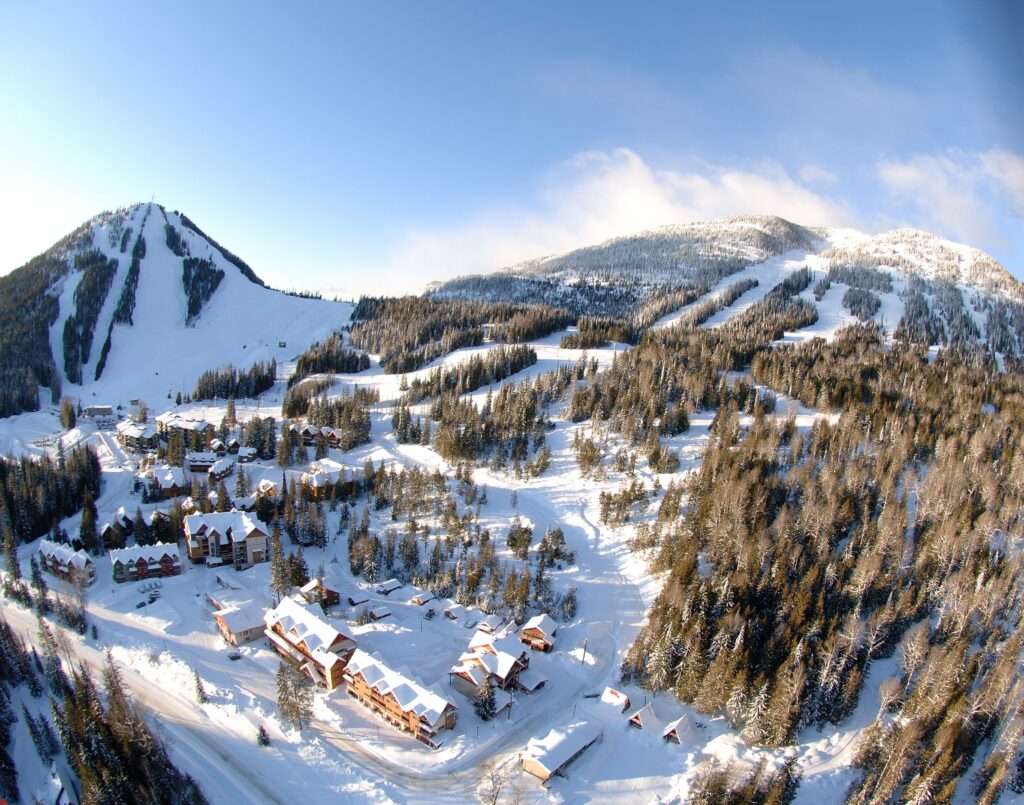Myoko Kogen, a ski area in Niigata prefecture on the Sea of Japan, is set to revive as a global resort thanks to a more than 200 billion yen ($1.36 billion) investment by an overseas real estate manager.
The area was a popular destination for skiers during Japan’s bubble economy in the 1980s but has since become deserted. It will be redeveloped by Singapore’s Patience Capital Group (PCG), which envisions a resort similar to Whistler, a town in Canada and home to a global ski resort called Whistler Blackcomb.
Whistler has many hotels, restaurants and shops and is one of the largest ski resorts in North America.
Myoko Kogen is less than two and half hours by bullet train from Tokyo. It has the potential of becoming a Whistler-like resort, said PCG founder and CEO Ken Chan, referring to his plan to build Myoko Village at the foot of Mt. Myoko.
Chan founded PCG in 2019 after heading the Japan unit of GIC, a Singapore sovereign wealth fund. Even before establishing PCG, he had been eyeing the Myoko area and chose it as PCG’s first investment project.
PCG manages 35 billion yen under its Japan Tourism Fund 1, which focuses on tourism-related assets in Japan. Investors in the fund include regional banks, such as Daishi Hokuetsu Bank and Gunma Bank, and a company in which Hachijuni Bank has an investment.
Taking advantage of the yen’s depreciation, PCG has already purchased more than 350 hectares of land, including the Myoko Kogen area, as well as Madarao Kogen Ski Resort in Iiyama, Nagano prefecture, which is adjacent to the city of Myoko, and Myoko Suginohara Ski Resort. An affiliated company has bought Miyoko-based lodging operator Lime Resort Myoko.
The first phase of the project will be to build two to three hotels, residential houses and a commercial zone at the foot of Mt. Myoko, home to the Myoko Suginohara resort, at an estimated investment of 70 billion to 80 billion yen by 2027.
PCG said it has already received bids for the hotels from more than 10 foreign hotel operators and will shortly announce the results of the tender. There are no luxury foreign hotels in Niigata at present. Myoko will be the first in the prefecture to have them.
PCG hopes to partially complete redevelopment within a decade, Chan said. It will then build more hotels and lodging facilities for workers. PCG is working out plans for a “compact smart city” in the area by establishing a payment system, transportation between the town and the resort, and a security system, he said.
In addition, PCG is considering forming its Japan Tourism Fund 2 next year in a bid to invest more than 200 billion yen in Myoko within 10 years.
Japan’s ski boom ended with the collapse of the economic bubble in the 1990s. As a result a decline in the number of skiers, as well as diversification of leisure activities and decreasing snowfall, the number of visitors to ski resorts in Niigata hit only 3.81 million in fiscal 2022 — a plunge of 80% from 16 million in the peak year of fiscal 1992. Despite a recent pickup in the number of visitors to Myoko from abroad, redevelopment has remained largely stagnant.
Chan has focused on Myoko for a number of reasons. First is its easy accessibility from the Tokyo metropolitan area, as it is surrounded by three shinkansen stations — Nagano, Iiyama and Joetsu Myoko. There is no other ski resort with such easy access, Chan said. Using the Hokuriku Shinkansen Line and a conventional train line, travel from Tokyo Station to Myoko Kogen Station takes about two and a half hours. Myoko is also more convenient by road than Niseko, Hokkaido and Hakuba.
With the number of skiers increasing around the world, ample amounts of powdery snow in Myoko should lure them, according to Chan.
In addition, the rich natural environment around Mt. Myoko will be attractive to hiking and cycling enthusiasts in summer.
Myoko can be a leading leisure venue in Japan if its attractiveness is made known to people and a town they want to visit is created, Chan said.
Source: Nikkei


